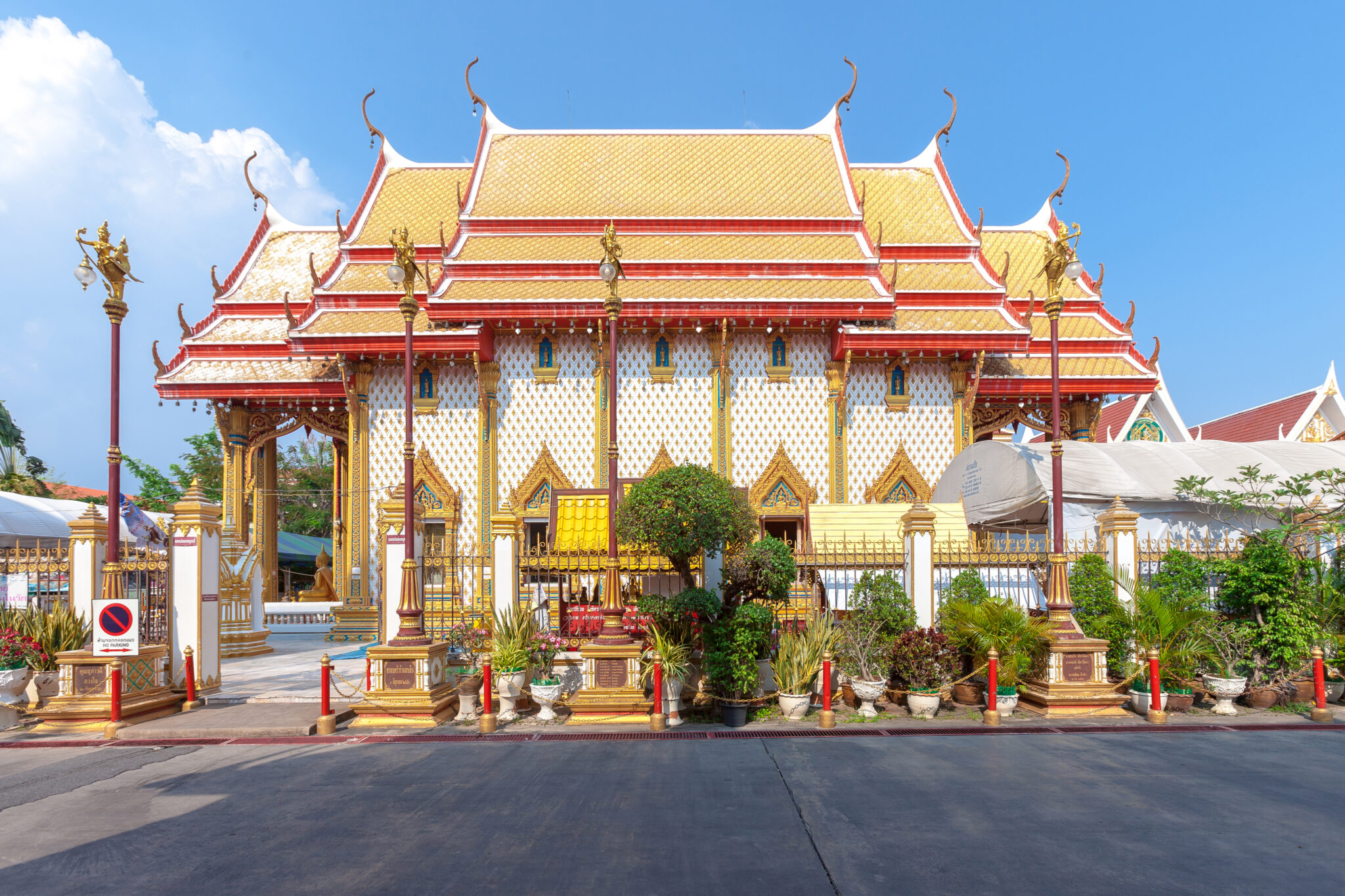Thailand’s architecture is more than beautiful buildings—it’s a story of tradition, innovation, and spiritual devotion woven across centuries. From the mystical ruins of ancient kingdoms to sleek, modern temples, Thai architecture provides a lens into the country’s rich history, religious devotion, and evolving cultural identity. Whether it’s the grand ancient capitals of Ayutthaya and Sukhothai, or contemporary temples like Bangkok’s Wat Pathum Wanaram, each structure reveals Thailand’s architectural ingenuity and spiritual depth.
1. Ancient Kingdoms and Iconic Ruins: Sukhothai and Ayutthaya

The ancient cities of Sukhothai and Ayutthaya are the birthplace of classical Thai architecture. Founded in the 13th century, Sukhothai is renowned for its elegant stupas, or “chedis,” which are bell-shaped structures symbolizing enlightenment. The ruins here, especially Wat Mahathat with its standing Buddha and serene lotus ponds, reflect the influence of both Hinduism and Buddhism on early Thai art and architecture. These remnants are distinguished by lotus-bud spires and elegant Buddha statues, reflecting the gentle, harmonious beauty of early Thai aesthetics.
Moving forward in history, Ayutthaya, established in the 14th century, became Thailand’s second great kingdom. The architecture here reflects a grander, more international influence, blending Khmer, Sri Lankan, and Burmese styles. Ayutthaya’s towering prangs (a type of tall, thin spire) are instantly recognizable and reveal how the kingdom’s wealth allowed for architectural experimentation. Today, Ayutthaya’s stone structures still convey the power of a kingdom that was once one of the most influential in Southeast Asia.
2. The Traditional Thai Temple Layout: Harmony and Sacred Geometry

Classic Thai temples, or wats, follow a layout rooted in Buddhist cosmology. Every element, from the soaring roofs to intricate sculptures, reflects Buddhist symbolism. Traditional wats often include several key components: the chedi (stupa), housing relics; the viharn (prayer hall), where monks and laypeople gather; and the ubosot (ordination hall), the most sacred space within the temple complex.
One hallmark of Thai temples is the tiered roof, often adorned with Chofahs—ornamental spires at each roof corner, representing mythical creatures or deities. This combination of religious function and artistic detail serves as a reminder of Thai architecture’s ability to unite utility and spirituality.
3. Modern Marvels: Thailand’s Contemporary Temples

Thailand’s temple architecture continues to evolve, with modern structures that blend traditional influences with innovative materials and techniques. The Wat Rong Khun, or White Temple, in Chiang Rai is a striking example. Created by Thai artist Chalermchai Kositpipat, this temple combines classic Buddhist iconography with surrealist, modern elements. Its pure white facade and intricate mirrored details reflect light in a way that symbolizes purity and enlightenment.
In Bangkok, Wat Pathum Wanaram embodies a more understated modernity, balancing simple lines with intricate carvings. Built near bustling shopping districts, the temple offers a peaceful contrast and shows how contemporary Thai architecture can adapt while maintaining its spiritual purpose.
4. The Role of Spirit Houses and Traditional Thai Homes
Beyond temples, the architecture of Thai homes also reflects cultural values. Spirit houses, small shrines placed outside buildings, are a common sight across Thailand. These shrines offer a place for protective spirits, blending animist beliefs with Buddhist practices, and they show how Thai people integrate spirituality into daily life.
Traditional Thai houses, with their raised foundations and steeply sloped roofs, are another architectural marvel, designed to adapt to Thailand’s tropical climate. The structure allows for ventilation and protection from flooding, demonstrating the practical side of Thai architectural traditions.
From the spiritual resonance of ancient ruins to the surreal beauty of modern temples, Thai architecture offers more than just aesthetic value. It’s a testament to Thailand’s ability to preserve its cultural heritage while embracing innovation. Each building, whether a centuries-old stupa or a contemporary Buddhist temple, holds a story of faith, resilience, and artistry—making Thailand’s architectural landscape as unique and inspiring as the country itself.
